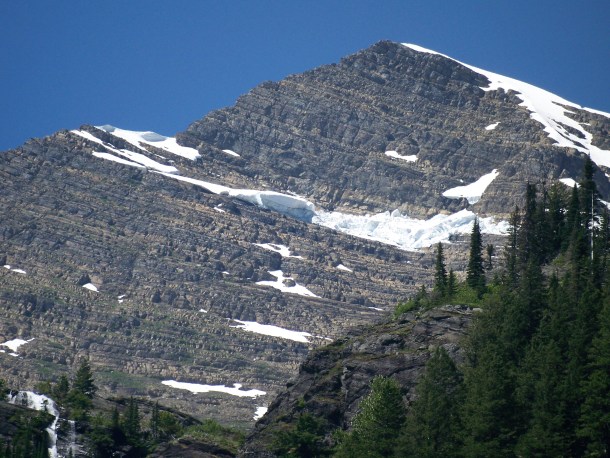I could have entitled this post calling, vocation, voice, etc. Mary Oliver shares what it means to be called and how we respond to this call through our particular life. Voice and vocation share etymology and come from the Latin verb to call: vocare.
Mary Oliver captures the essence of a calling with a metaphor of a grasshopper, which has its role to play and expresses herself in how she fulfills this role. This poem reminds me of Matthew‘s verse about the lily of the field and how God provides for each plant and animal. We each have a role and place in a complex way of being and we each respond according to how we interpret what that might mean.
The first three lines and the last two, as questions, speak to me. I am never certain of what life holds for me. Life emerges as eloquent questions that are open and not foreclosed by easy answers, yet emerge from the first three questions. I ask eloquent questions without predetermined answers. They inform my dialogue with the world and with others.
Since completing my dissertation, the last question has become part of my thinking about the themes. It was not in the dissertation, but is essential to experiencing and understanding teaching as a calling, which holds deep spiritual meaning.
I posted my dissertation on Academia and an executive summary on Medium.
Who made the world?
Who made the swan, and the black bear?
Who made the grasshopper?
This grasshopper, I mean-
the one who has flung herself out of the grass,
the one who is eating sugar out of my hand,
who is moving her jaws back and forth instead of up and down-
who is gazing around with her enormous and complicated eyes.
Now she lifts her pale forearms and thoroughly washes her face.
Now she snaps her wings open, and floats away.
I don’t know exactly what a prayer is.
I do know how to pay attention, how to fall down
into the grass, how to kneel down in the grass,
how to be idle and blessed, how to stroll through the fields,
which is what I have been doing all day.
Tell me, what else should I have done?
Doesn’t everything die at last, and too soon?
Tell me, what is it you plan to do
with your one wild and precious life?

I took this picture in Yellowstone several years ago. I was about 25-30 feet (8-10 metres) away from this wonderful animal. He knew I was there, but seemed unconcerned. We were both living our lives.








